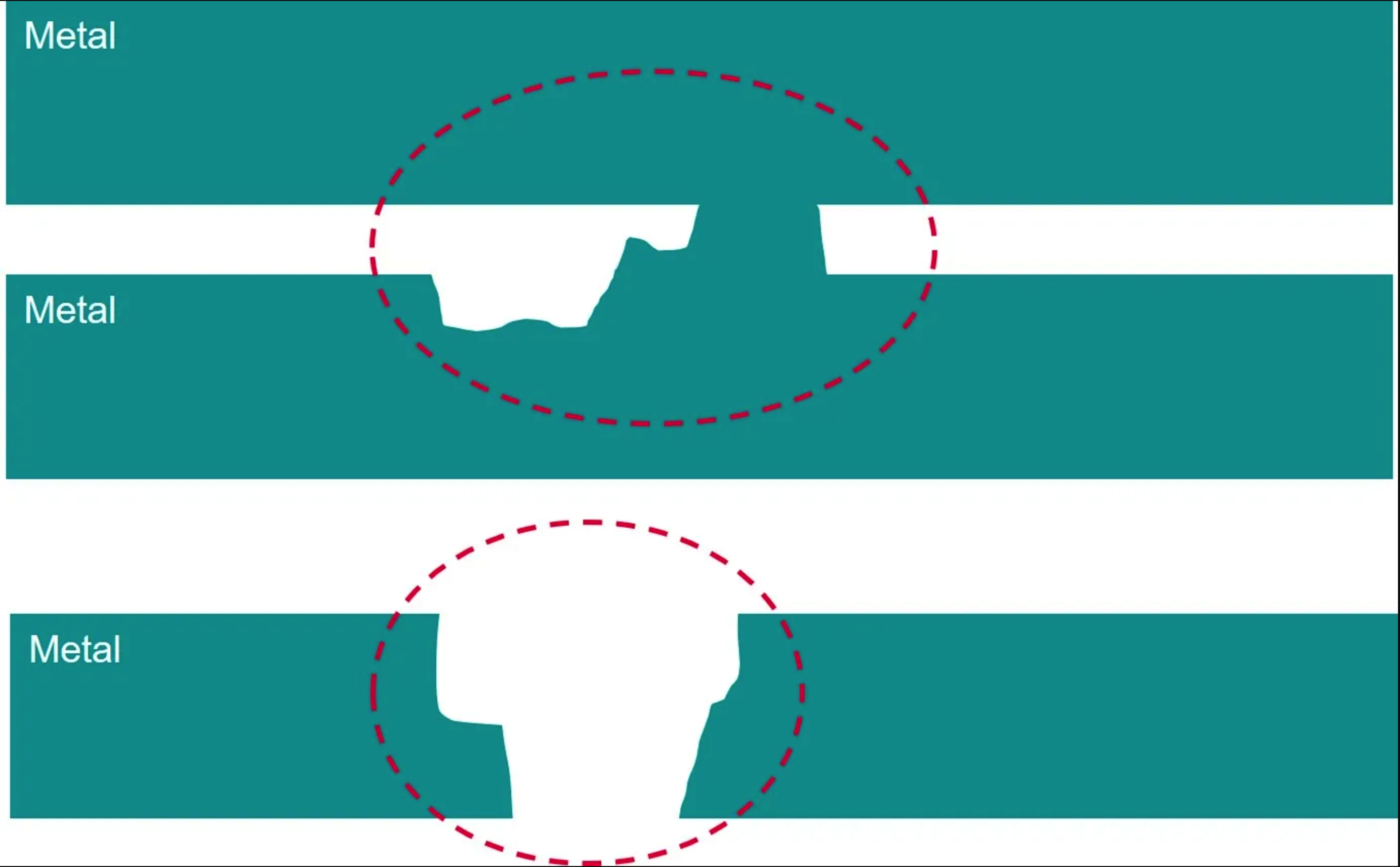
Introduction to automation with Bash scripts
Sysadmins, those of us who run and manage Linux computers most closely, have direct access to tools that help us work more efficiently. To help you use these tools to their maximum benefit to make your life easier, this series of articles explores using automation in the form of Bash shell scripts. It covers:
I previously wrote a series of articles about Bash commands and syntax and creating Bash programs at the command line, which you can find in the references section at the end of this article. But this series of four articles is as much about creating scripts (and some techniques that I find useful) as it is about Bash commands and syntax.
"A sysadmin is most productive when thinking—thinking about how to solve existing problems and about how to avoid future problems; thinking about how to monitor Linux computers in order to find clues that anticipate and foreshadow those future problems; thinking about how to make [their] job more efficient; thinking about how to automate all of those tasks that need to be performed whether every day or once a year.
"Sysadmins are next most productive when creating the shell programs that automate the solutions that they have conceived while appearing to be unproductive. The more automation we have in place, the more time we have available to fix real problems when they occur and to contemplate how to automate even more than we already have."















